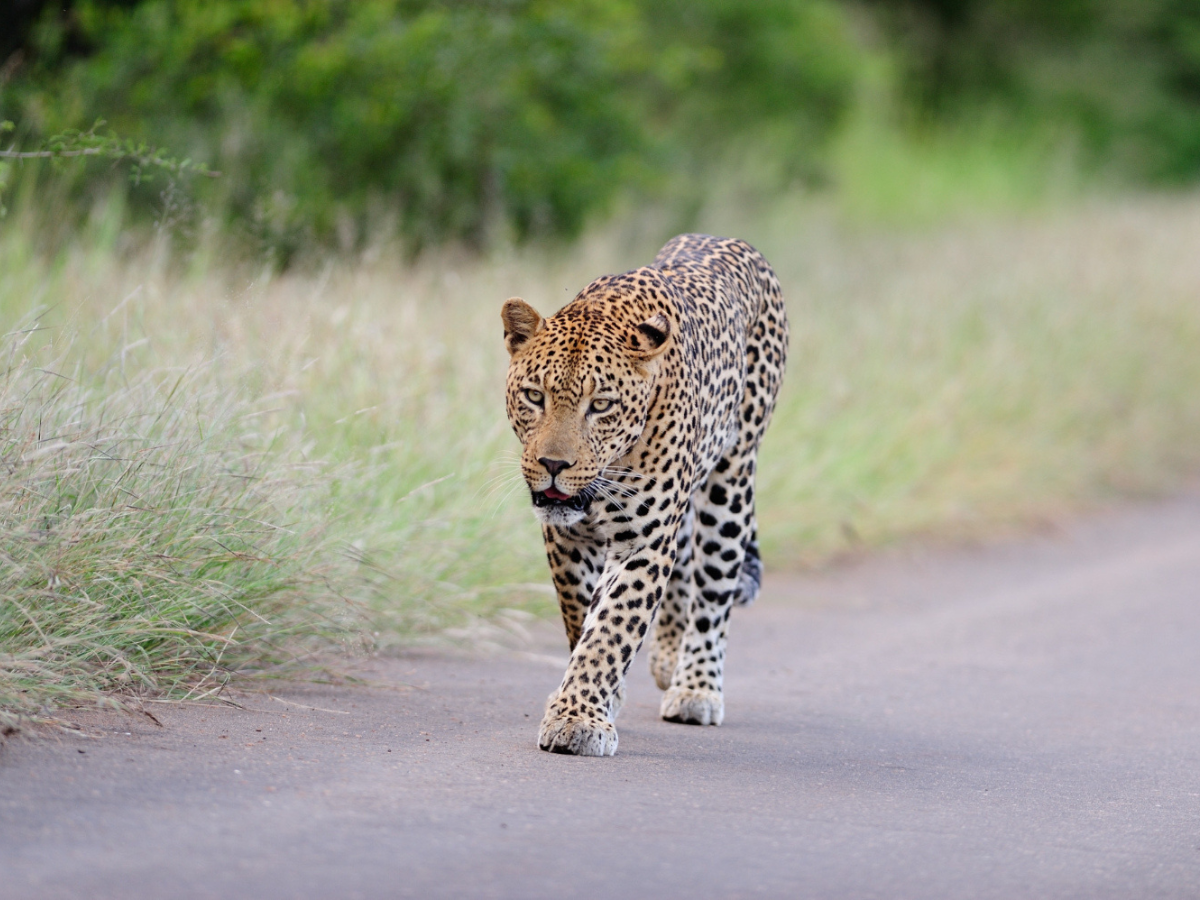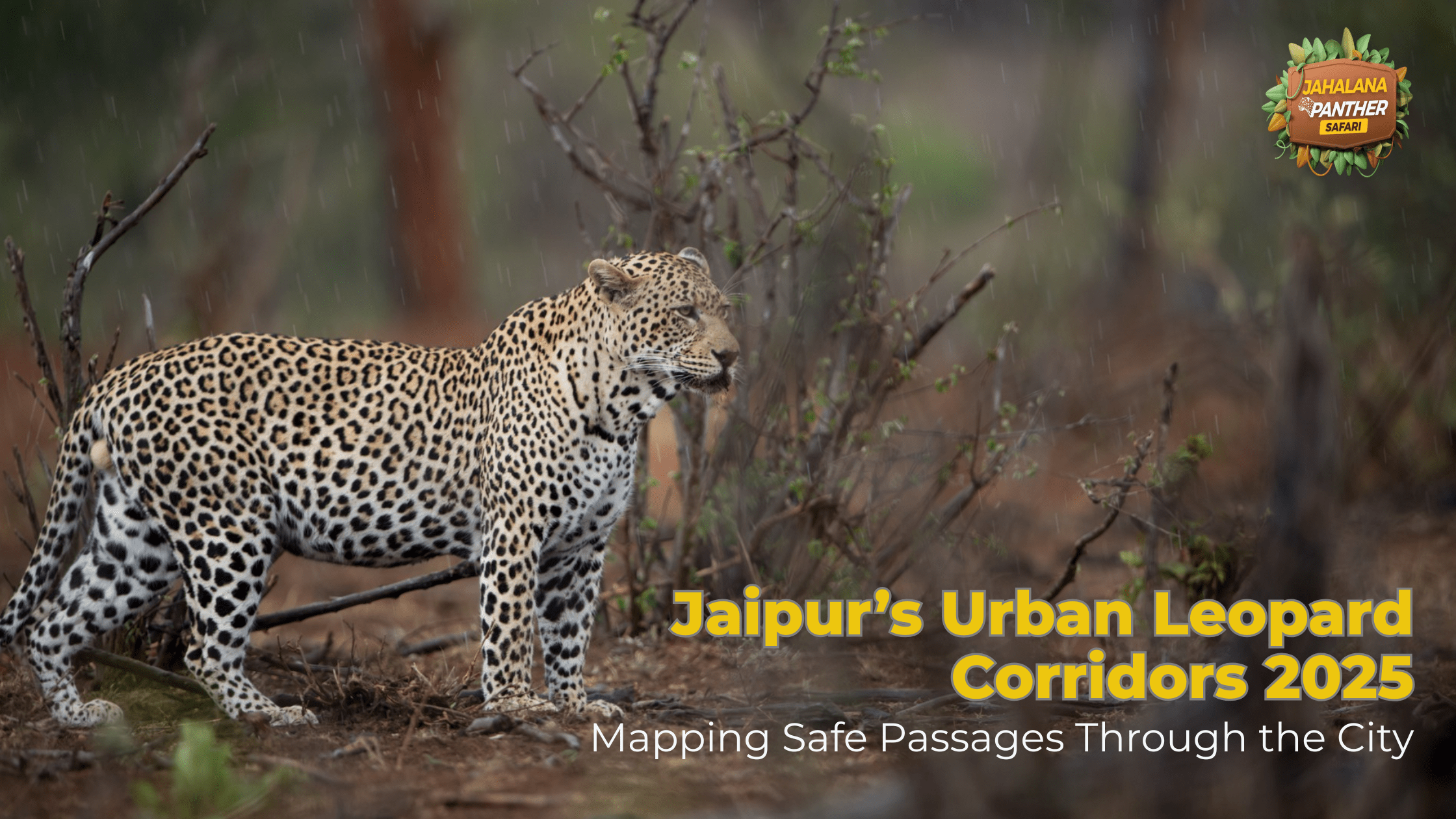Welcome to the hidden gem that is Amagarh Leopard Reserve, nestling in the Aravalli Hills of Jaipur, Rajasthan. This lesser-known wildlife sanctuary is a paradise for nature lovers, wildlife enthusiasts, and photographers. Known for its blooming population of leopards, Amagarh stands as a place providing a unique and tranquil experience for a safari, thereby making it a perfect complement to the famous Jhalana Leopard Safari. bring you closer to the wild in the most sustainable and exciting way.

Amagarh Leopard Reserve lies in the ancient Aravalli Range, one of the oldest mountain ranges in the world. Across dense forests and rocky terrains and seasonal streams, it is a sanctuary for the majestic Indian leopard. Unlike more commercially orientated wildlife destinations, Amagarh remains largely unscathed to reflect the senses in nature.
The reserve is not just about leopards; it has a rich diversity of flora and fauna. The lush greenery, rugged landscapes, and serene environment make it a haven for wildlife and nature enthusiasts alike. Whether you’re a first-time visitor or a seasoned wildlife explorer, Amagarh promises an unforgettable adventure.








Jhalana Leopard Reserve in Jaipur is one of India’s most remarkable urban Read More

From April to June 2024, north and west India endured a punishing Read More

Jaipur is one of the few global cities where leopards live inside Read More

At first glance, Jaipur—with its pink facades, bustling bazaars, and ring of Read More

If your crew loves animals, open skies, and stories that come alive Read More

Tyres crunch softly over gravel as dawn thins the night. Somewhere ahead, Read More
The Amagarh Leopard Safari is the highlight of any visit to the reserve. Conducted in open jeeps, the safari takes you deep into the heart of the reserve, allowing you to explore its diverse terrain and spot wildlife up close. Here’s everything you need to know about the safari experience
Safaris are conducted twice a day, during the early morning and late afternoon, when wildlife activity is at its peak.
Morning Safari: 6:00 AM to 9:00 AM
Evening Safari: 3:00 PM to 6:00 PM
The best time to visit Amagarh Leopard Reserve is from October to March. During these months, the cool and pleasant weather contributes to more significant sightings of wildlife as well as beautiful natural scenery in the reserve.
One of the Amagarh Leopard Reserve safari booking options is on JhalanaLeopardSafari.com. Book ahead of time when the seasons are at their peak so that you do not miss this opportunity.
Biodiversity hotspot Amagarh Leopard Reserve is home to a wide variety of flora and fauna. Here's a glimpse of what you can expect to see during your visit
The reserve is quite conveniently located from Jaipur by road, air and rail.
• By Road: The reserve is about 20 km away from the city center of Jaipur, and easily accessible by a drive.
• By Air: The nearest airport is Jaipur International Airport. So far, it is around 25 km away.
• By Train: Jaipur Railway Station is well connected with all the important cities of India.

Experience the thrill of Jhalana Panther Safari: encounter majestic panthers in their natural habitat within Jaipur’s lush wildlife reserve.